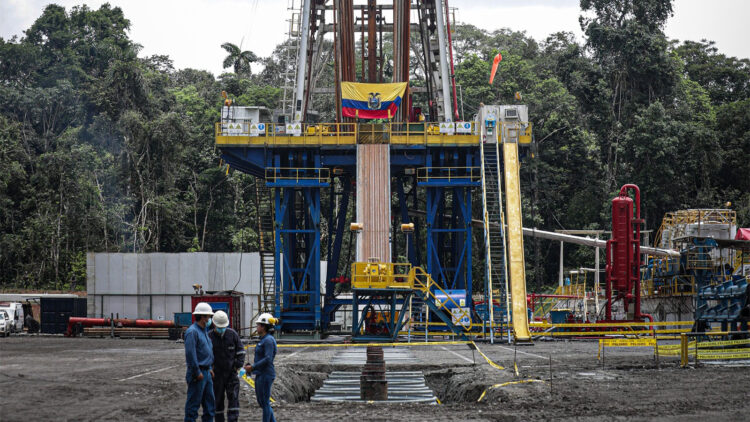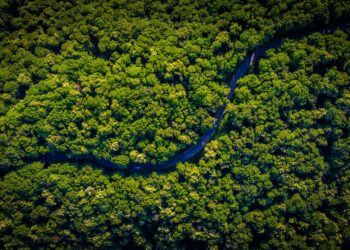The government of Ecuador has begun the long-awaited dismantling of oil infrastructure in the Yasuní National Park, as the deadline to halt operations in this environmentally sensitive area approaches. The Ministry of Energy and Mines confirmed the closure of the Ishpingo B-56 well, one of 247 in the controversial Block 43-ITT oil field. This announcement comes just days before a court-imposed deadline requiring all wells to be shut down.
The government’s announcement follows growing criticism from environmentalists and indigenous communities, particularly the Waorani people, who have long fought against oil drilling on their ancestral lands. Despite a historic referendum in 2022, in which Ecuadorians voted to cease drilling in the Amazon, many argue that little has been done to comply with this decision. The referendum was seen as a victory for environmental protection and indigenous rights, but frustrations have grown due to a lack of visible progress.
Antonio Goncalves, head of the Ministry of Energy and Mines, stated: “The closure of the ITT field is not an easy task; requires specialized technical planning.” However, indigenous leaders and activists maintain that the government’s efforts have been too slow. Kevin Koenig, Director of Climate and Energy at Amazon Watch, criticized the government, saying they are not “meeting their judicial obligation or respecting the rights of the Waorani people.”
The government has requested an extension of more than five years to completely dismantle oil operations, with the aim of meeting the December 2029 deadline. However, this request has generated outrage among activists and environmental organizations, who say that Ecuador’s economic dependence on oil is slowing the transition towards greener policies. Ending oil drilling in Yasuní could cost an estimated $1.3 billion, a significant blow to an economy that relies heavily on oil revenues.
As Ecuador faces the dual challenge of meeting its environmental commitments and managing its economic difficulties, the future of Yasuní National Park remains uncertain.
















